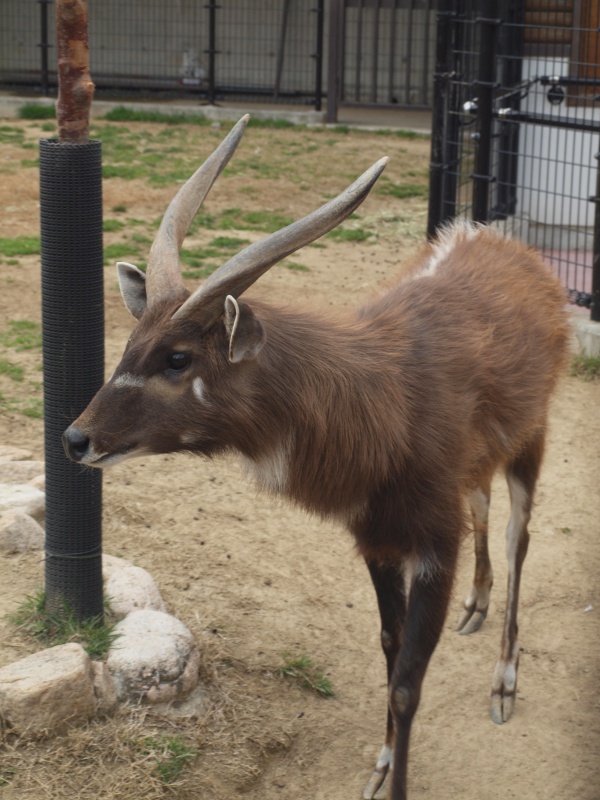Facts About Sitatunga
The sitatunga, also known as the marshbuck, is a distinctive antelope that thrives in the swamps and marshes of Central Africa. It inhabits areas with tall vegetation, seasonal swamps, riparian thickets, and even mangrove swamps. Its scientific name, Tragelaphus spekii, honors John Hanning Speke, who first described the species in 1863. The sitatunga belongs to the genus Tragelaphus and the family Bovidae.
This medium-sized antelope exhibits notable sexual dimorphism—males are significantly larger than females. Adapted to its aquatic habitat, the sitatunga sports elongated hooves, a water-repellent coat, and superior camouflage. These adaptations make it well-suited for navigating through dense vegetation and water.
Sitatungas are primarily active during dawn, dusk, and nighttime, spending much of their time feeding. They are not territorial and can be found either alone or in pairs. Males often engage in behaviors such as locking horns and attacking vegetation. Communication among sitatungas includes various vocalizations and physical behaviors such as coughs, barks, and nose touching. They are also excellent swimmers and have a diverse diet of vegetation.
Regarding reproduction, sitatungas mate throughout the year, with males competing for the opportunity to mate. Following a gestation period of about eight months, typically a single calf is born. The mother hides her calf, only bringing it out when it is safe. She cares for and protects the calf for several months.
The sitatunga is an amphibious antelope, meaning it inhabits swampy environments across several African countries. Unfortunately, it faces threats such as habitat loss, wetland destruction, and hunting. Although it is listed as Least Concern by the IUCN, conservation efforts are ongoing. Many sitatungas live in protected areas, but they still contend with challenges from human encroachment and habitat degradation.

 Equatorial Guinea
Equatorial Guinea